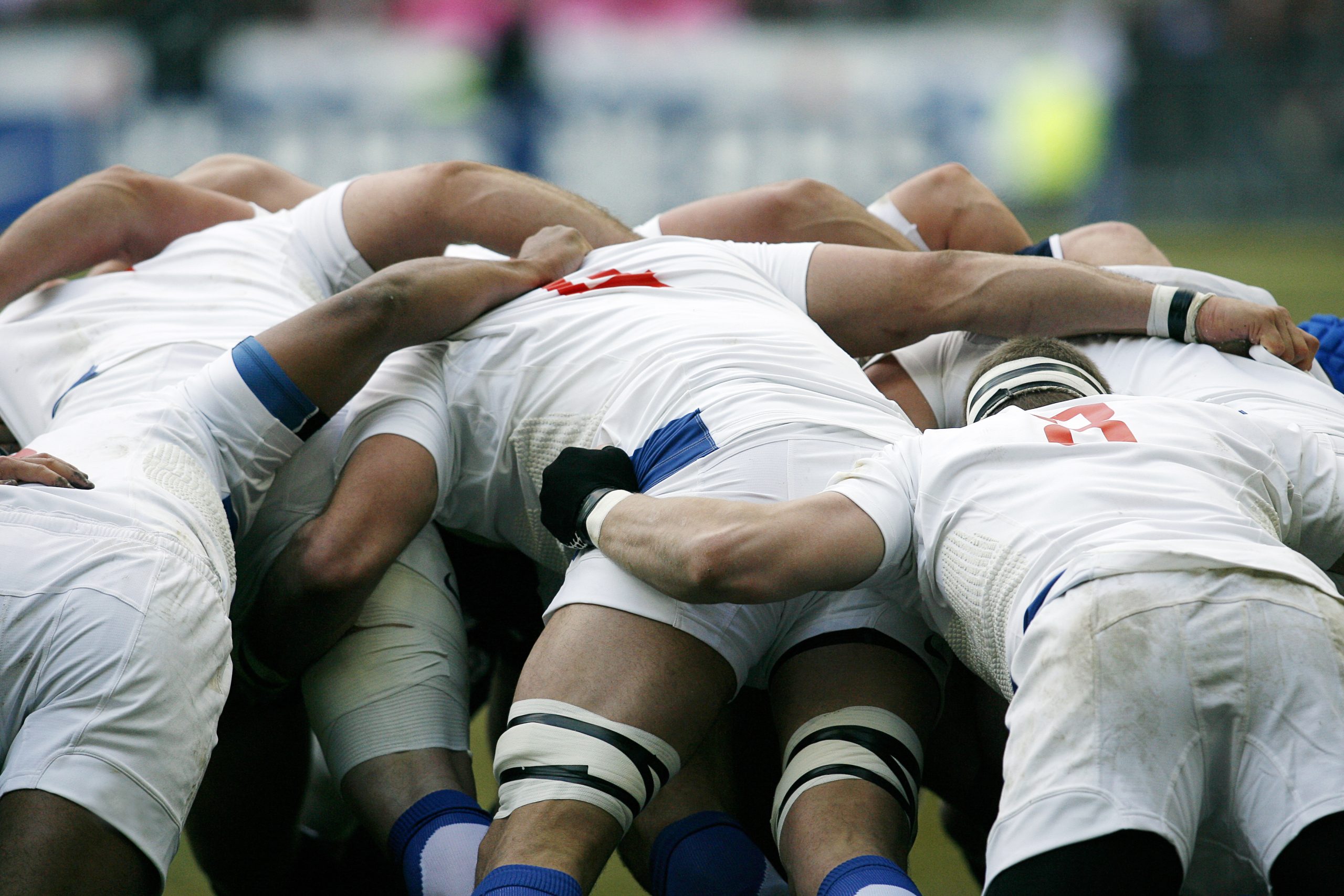
In the 2024 Men’s Six Nations match between Scotland and France, the Scotland hooker George Turner was taken off the field in the first half for a head injury assessment (HIA). The reason? An alert from his smart mouthguard indicating that he had been on the receiving end of a significant impact to the head. After becoming the first player in the competition’s history to receive an HIA this way, Turner was given the all-clear to continue. However, it is unlikely he would have received the assessment had he not been wearing a smart mouthguard.
“Smart” mouthguards, a new technology to monitor the force of head collisions in contact sports, were first introduced to international rugby union in the Women’s WXV tournament of October 2023. Since then, they have been rolled out more widely – most recently in this year’s Men’s Six Nations Championship.
Smart mouthguards incorporate a suite of sensors such as accelerometers and gyroscopes to detect and measure the impact on a player’s head in a collision. If the detected forces exceed a threshold (currently set at 70G and 4,000rad/s2 for men and 55G and 4,000rad/s2 for women), an alert is transmitted to a coach or medical professional. In the current Six Nations, alerts are transmitted to an independent pitch-side medical team, and the player is removed from the field for an HIA. In the first three rounds of this year’s Six Nations, seven players were removed from the field following an alert from their mouthguard. Fast removal of a player who has experienced a high level of impact and effective management of any potential head injury is key to ensuring that the effects of the injury are minimised and players are kept as safe as possible.
In recent times, a fast-moving area of sports technology has been performance and officiating improvement. Player tracking through wearable sensors has been a key instrument for performance analysis across many different sports. In addition, ball-tracking and prediction through systems such as Hawk-Eye™ have revolutionised sports including tennis, cricket and football, making officiating far more accurate and providing an improved experience for players and fans alike. The recent introduction of “smart” balls represents a step forward in sports performance and officiating, providing real-time statistics to both coaches and fans. World Rugby went one step further in summer 2023, using a ball developed by Sportable® in collaboration with Gilbert® to aid officiating in the U20 Championship[1].
Now, with ever-increasing awareness of the risks and effects of collisions in contact sports such as rugby (and sports more generally), we are also seeing increasing innovation and use of technology for player welfare alongside the well-established performance and officiating analysis.
The general trend in rugby technology innovation is evident when looking at patent filing analytics. Below is a graph showing the total patent families from 2000 to 2020 that contain the keyword “rugby”[2]. There is a clear steady increase over this twenty-year period in rugby technology. This is indicative of the innovation within the sport over this time period, from gloves and tighter shirts in the early 2000s to the more recent player- and ball-tracking technology discussed above.
[1] https://www.world.rugby/news/810553/rugbys-smart-ball-set-to-transform-match-officiating-at-the-world-rugby-u20-championship
[2] Based on data obtained from the PatBase database

A further search was performed to investigate the trend in rugby safety technology. This was done by once again searching for patent families which contain the keyword “rugby”, this time in combination with the IPC classification code A61B5/00 (“Measuring for diagnostic purposes”), which we used as an indicator of player welfare considerations. The filing trends for the same twenty-year period are shown in the graph below.

Unlike the first graph, which illustrates a steady increase in the number of patent families in rugby technology, this graph shows a significant uptick in filing activity from around 2010, indicating a marked rise in innovation in rugby safety technology. This corresponds with the increased awareness of player safety and injury management of the last few years.
As athlete welfare becomes a more prominent issue in sports around the world, we expect this trend in safety-based innovation to continue in rugby and in other contact sports alike. For instance, the NFL have built a digital athlete model which utilises machine learning and artificial intelligence to understand and predict player injuries more accurately. Blood biomarkers for assessment of concussion is another developing area that will be interesting to monitor. The start of the new Formula 1 season is a reminder of the safety innovations on modern F1 cars, from the protective Halo to the more recent mitigation of the effects of porpoising on drivers.
It is clear that there has been a significant increase in innovation regarding athlete welfare in the past few years, as is strikingly demonstrated in rugby. It will be interesting to see what new innovation comes next in this field, but if these trends are anything to go by, the smart mouthguard will be just the beginning.
If you would like to discuss any of the issues discussed above or get advice on your intellectual property, please contact Krishna Lall directly or any of GJE’s patent attorneys at gje@gje.com.



